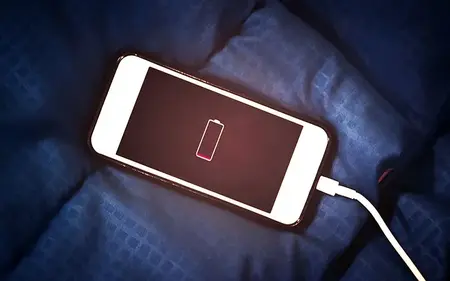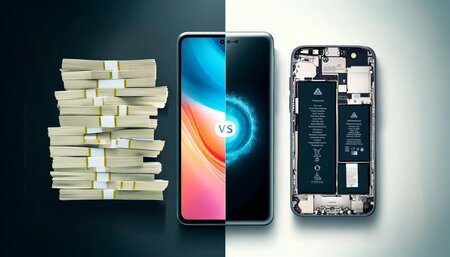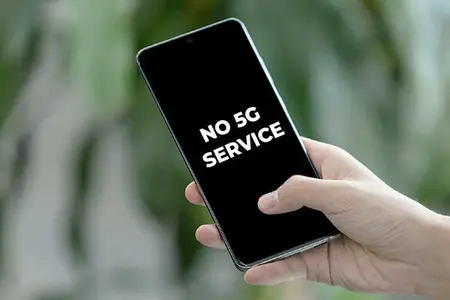What Kind of Screen Protector Should I Get for My Phone?

What Kind of Screen Protector Should I Get for My Phone?
Understanding Screen Protectors
We’ve all been there. You just got a new phone and you’re showing it off to your friends and family. You’re super careful with it, never dropping it, always making sure to put it in a secure pocket or bag. But then, inevitably, it happens. You drop your phone and the screen shatters. It’s a terrible feeling, and it’s one that’s happened to practically everyone. In fact, most people have experienced this more than once. And, while the obvious solution is to be more careful with your phone, the reality is that accidents happen. This is why it’s so important to invest in a good case and screen protector. But, with so many options on the market, it can be difficult to know which one is right for your phone.
What is a Screen Protector?
A screen protector is a thin sheet of material that is applied to the screen of your smartphone to protect it from scratches, scuffs, and even shattering. They’re available for practically every make and model of smartphone and are an incredibly cost-effective way to protect your investment. Not only that, but they come in a variety of materials and offer different features and benefits. We’ll get into the different types of screen protectors a little later, but first, let’s talk about why you should bother getting a screen protector in the first place.
The Importance of Using a Screen Protector
Screen protectors are an incredibly cost-effective way to protect your smartphone. Smartphones are expensive, and while a good case can help protect your phone from drops, it can’t protect the screen from everything. Screen protectors are especially useful for protecting your screen from scratches. If you keep your phone in your pocket or purse, it’s likely that it will come into contact with other objects, like keys and loose change. Over time, these objects can cause your screen to become scratched. While it’s true that most smartphones today are made with tough glass screens that are designed to be scratch-resistant, no screen is completely scratch-proof. This is why it’s important to invest in a good screen protector.
Types of Screen Protectors
Tempered Glass Protectors
The most common type of screen protector is a tempered glass protector. As the name suggests, these screen protectors are made of glass. They look and feel just like the glass screen on your smartphone, which is why they’re so popular. Tempered glass screen protectors are available at a variety of price points, with some of the more expensive options offering additional features like fingerprint resistance and even impact protection. The great thing about tempered glass screen protectors is that they’re easy to apply and they don’t add a lot of thickness to your phone. This means that you can continue to use your phone as you normally would, without even noticing that the screen protector is there.
At Nanoshop, we offer tempered glass screen protectors in a variety of finishes, including matte, clear, and privacy.
Plastic Film Protectors
The other main type of screen protector is a plastic film protector. Unlike tempered glass protectors, these screen protectors are made of plastic. They’re typically the most affordable option, and they’re great for people who don’t want to add a lot of thickness to their phone. The downside of plastic film protectors is that they don’t look or feel as nice as the glass screen on your smartphone. They can be a little bit more difficult to apply, and they’re not as clear as tempered glass protectors. That being said, they’re still a great way to protect your screen from scratches, and they’re a very budget-friendly option.
Factors to Consider When Choosing a Screen Protector
Compatibility with Phone Model
When choosing a screen protector for your smartphone, it’s important to make sure that the protector you choose is compatible with your phone’s make and model. This is especially true for tempered glass protectors, as they are designed to fit the exact dimensions of your screen. Before purchasing a screen protector, we recommend checking the dimensions of your phone’s screen to make sure that you’re getting the right size.
Durability and Scratch Resistance
The next thing to consider is the durability and scratch resistance of the screen protector. For tempered glass protectors, the level of scratch resistance is often indicated by the hardness of the glass. Look for a tempered glass protector that has a hardness rating of at least 9H, as this will offer the best scratch protection. If you opt for a plastic film protector, you may want to consider getting one that is self-healing. Self-healing screen protectors are designed to be able to heal small scratches on their own, which is a great feature.
Installation and Care Tips
Proper Application
The most important thing to remember when applying a screen protector is to do it in a clean and dust-free environment. Even the smallest speck of dust can cause air bubbles to become trapped under the protector. Before applying the protector, we recommend cleaning your screen with a microfiber cloth to make sure that it’s free of dust and fingerprints. If you’re applying a tempered glass protector, it’s a good idea to use the included guide stickers to help you line up the protector perfectly. For plastic film protectors, you can use a piece of scotch tape to remove any dust particles that may be stuck to the protector.
Maintenance and Cleaning
Once your screen protector is applied, the most important thing is to maintain it properly. This means being careful with the types of products that you use to clean your screen. Avoid using harsh chemicals and abrasive materials, as these can cause your screen protector to become damaged. Instead, we recommend using a solution of water and isopropyl alcohol, as this will help to remove fingerprints and bacteria, without damaging the protector. You can also use a microfiber cloth to gently remove dust and debris from the surface of the protector.
Conclusion
Screen protectors are an incredibly cost-effective way to protect your smartphone from scratches and even shattering. They come in a variety of materials, including tempered glass and plastic film, each with its own features and benefits. When choosing a screen protector, it’s important to make sure that it’s compatible with your phone model and to consider factors like durability and scratch resistance.
Proper application is key to ensuring that your screen protector looks great and functions as it should. At the end of the day, investing in a good screen protector is a great way to preserve the resale value of your smartphone and to protect your investment! At Nanoshop, we offer a variety of screen protectors, including tempered glass protectors in different finishes. Be sure to check out our selection to find the right screen protector for your smartphone.




